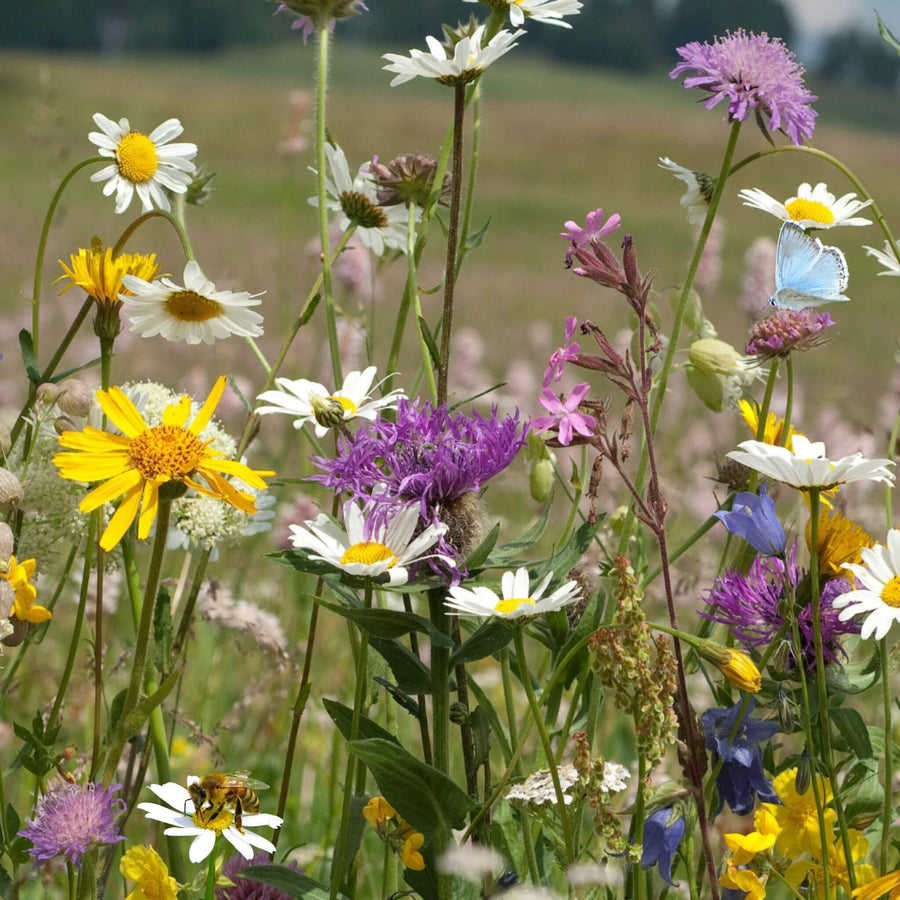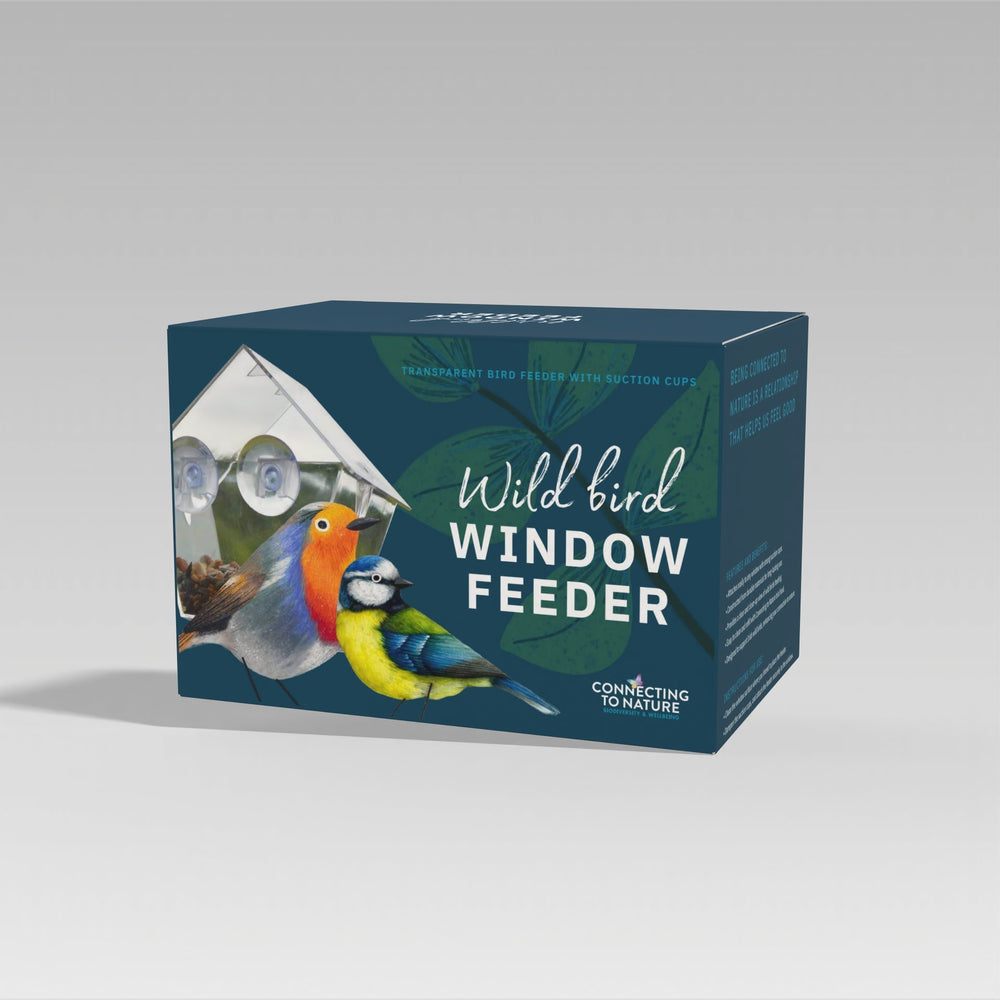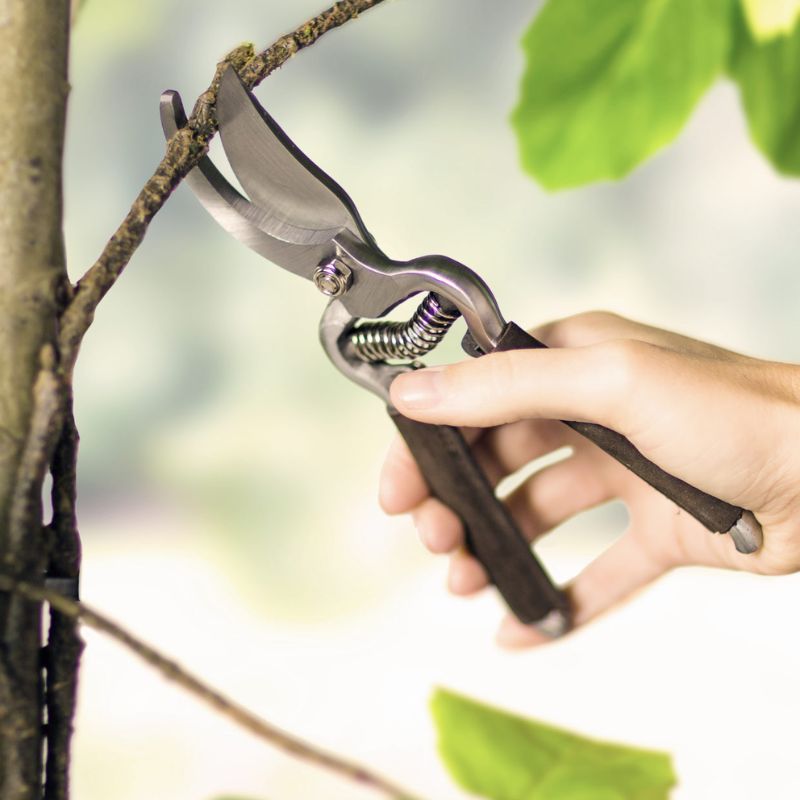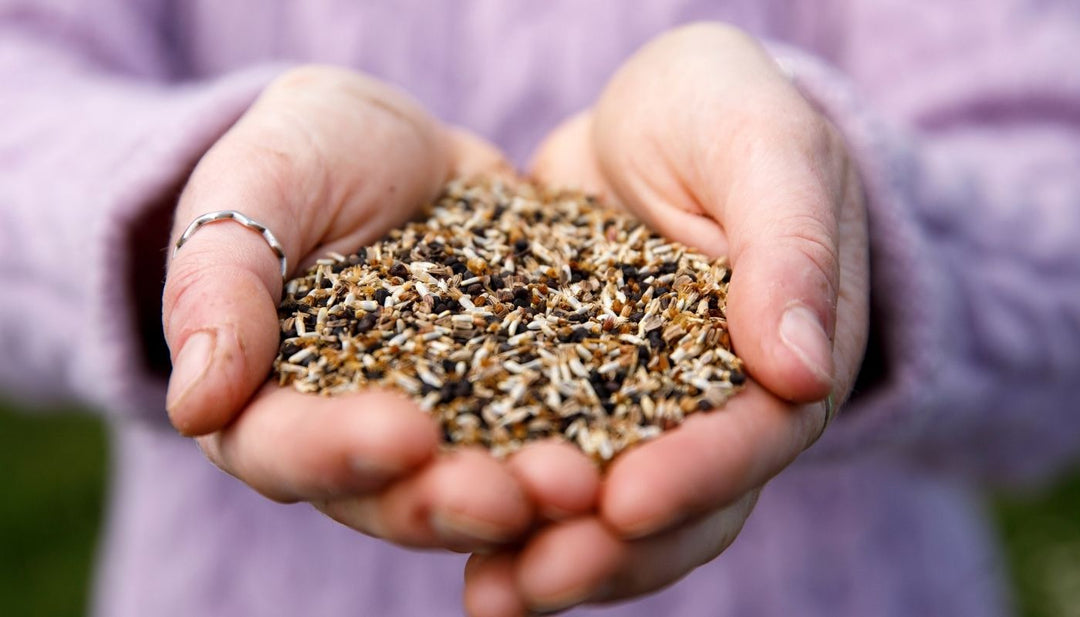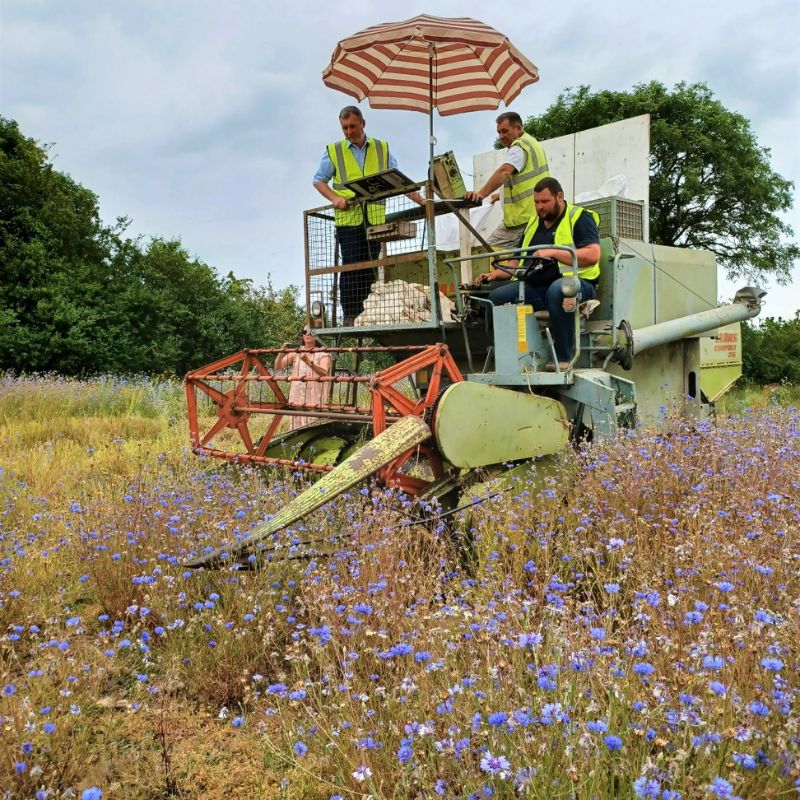Spring Wildflowers by Zoë Devlin
Easter brings with it an optimism, a positive sense that spring is here, the Primroses and Violets peeping their noses up through hedgerows to remind us that the growing season has kicked into gear once again.
Easter – a name that is thought to be derived from ‘Eostre’, meaning the pre-Christian goddess of spring fertility, is celebrated on the Sunday after the first full (or Paschal) moon following the vernal equinox.
This is the time to look out for freshly blooming spring flowers but is also, to my mind, the best time to take a wander into woodland, if at all possible, during these days of restrictions. Deciduous woodland floors are covered with blankets of pretty white flowers, Wood Anemones, that flower before the trees are fully-leaved, allowing light to fall on them. Another white-flowered plant is Wood-sorrel, a species that hangs its flowers shyly amongst its shamrock-shaped leaves, often growing in mossy banks. If you lift the flowers gently, you can see delicate purple lines along the petals, guiding tiny insects towards the nectar.
‘Ancient Woodland’ is a term that refers to woodlands that have supported continuous cover for a considerable length of time – possibly back to the mid-1600s – and are thought to be of a natural origin. Both Wood Anemone and another white-flowered species, Barren Strawberry, belong to this habitat. It is quite possible a particular woodland has been established for over four-hundred years where you find them together.
However, some other habitats and plants might be more accessible at the moment. Damp road verges often support Lesser Celandine, a bright yellow-flowered plant that appears quite early in the year. Colt’s-foot is a species that likes rough, uncultivated places and even waste ground and is worth looking out for. Its yellow flower-heads resemble a child’s drawing of the sunshine, the flowers appearing long before the large pale-green leaves.
Once you start looking for these and other wildflowers, you will be surprised by how addictive they can be!


